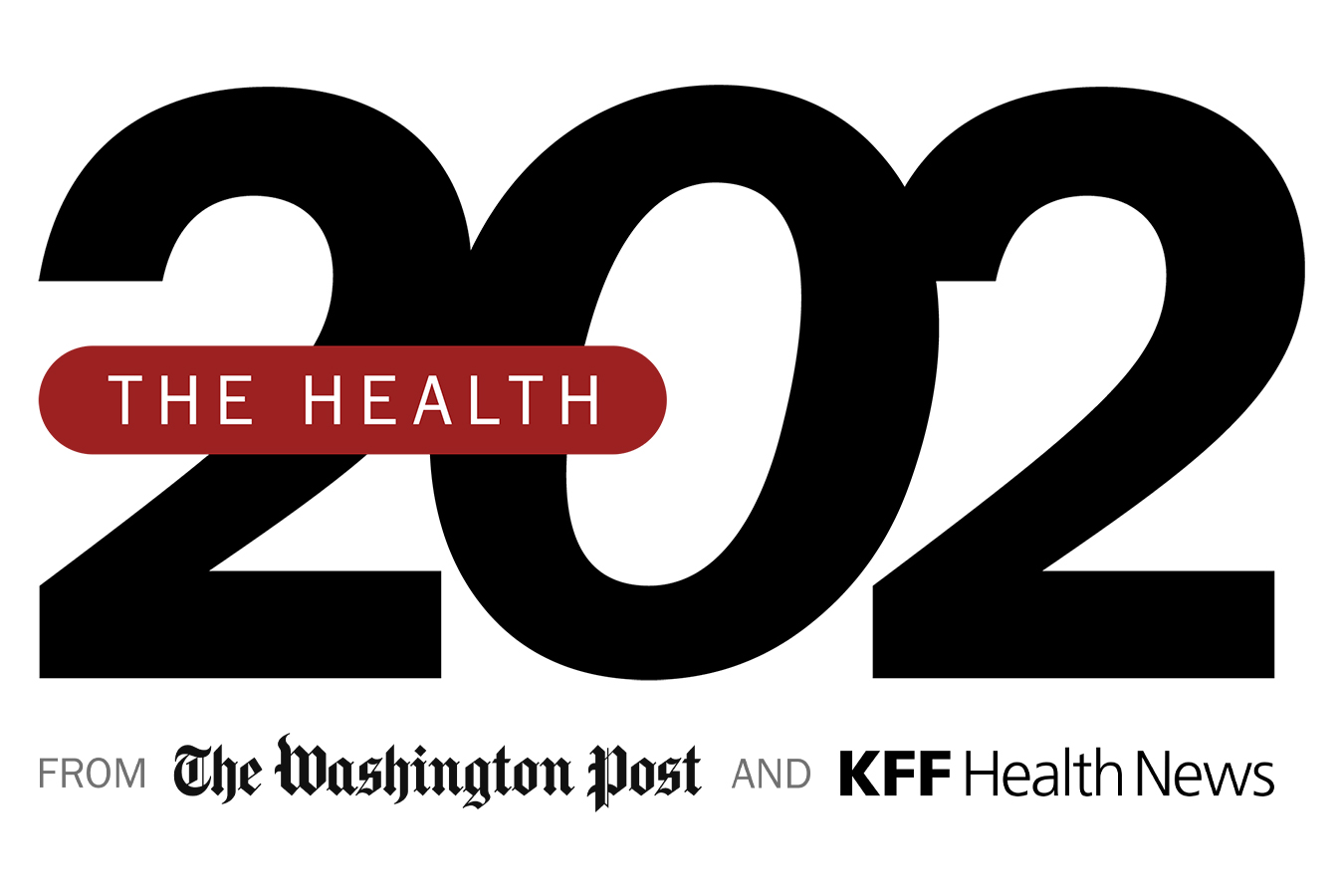Millions of people were surprised to find themselves booted from Medicaid over the past year after pandemic-era protections expired that had prevented states from terminating their coverage.
Turns out, millions of them were also unaware they had been covered by the government program.
Nearly 1 in 3 people enrolled in Medicaid in 2022 — or 26 million people — didn’t know it, according to a study by Harvard and New York University researchers published in Health Affairs this month.
The report estimated that of those who didn’t know they were on Medicaid, about 3 million thought they were uninsured.
They almost certainly had coverage, though, because the federal government from March 2020 to April 2023 prohibited states from dropping anyone from Medicaid rolls in exchange for billions of dollars in pandemic relief money.
“What this means is people could have been accessing health-care services and probably did not because they thought they were uninsured,” said Jennifer Tolbert, deputy director of the KFF Program on Medicaid & Uninsured. “People not understanding that they have Medicaid is not a good thing.”
This lack of awareness has implications for efforts to predict how much the nation’s uninsured rate has changed as a result of the Medicaid “unwinding” — the process that began last year in which states redetermine whether people enrolled in the program since the pandemic unfolded remain eligible.
States have dropped about 22 million people from Medicaid in the past year, often for procedural reasons like failing to return paperwork. A KFF survey in April found about 1 in 4 adults who were disenrolled from Medicaid a year ago remained uninsured.
One group enjoys some upside from Americans’ ignorance about their insurance coverage: the companies that administer Medicaid for most states, including UnitedHealthcare and Centene.
States pay them a monthly fee for every person enrolled in their plans. But if people don’t know they’re insured, they’re less likely to seek health services — which means higher profits for the companies.
“Insurers reaped windfalls from this reality,” said Brian Blase, president of the Paragon Health Institute and a former health policy adviser to President Donald Trump. “People who are enrolled but don’t know they are enrolled receive no benefit from the program.”
In March 2022, the Centers for Medicare & Medicaid Services reported that about 88 million people had Medicaid coverage. But census survey data found about 62 million people self-reported Medicaid coverage — an undercount of 26.4 million, the study said.
Several factors explain why enrollees may not realize they’re on Medicaid.
They don’t pay monthly premiums, so the cost of the coverage can be invisible. Because it’s administered by private insurers, many Medicaid recipients may believe they have commercial coverage. And states often market their Medicaid programs with a consumer-friendly name, like Husky Health in Connecticut or SoonerCare in Oklahoma.
“Medicaid having different names should not lead people to think they are uninsured,” said Benjamin Sommers, a health economist at Harvard who was one of the study’s authors.
This article is not available for syndication due to republishing restrictions. If you have questions about the availability of this or other content for republication, please contact NewsWeb@kff.org.
KFF Health News is a national newsroom that produces in-depth journalism about health issues and is one of the core operating programs at KFF—an independent source of health policy research, polling, and journalism. Learn more about KFF.
USE OUR CONTENT
This story can be republished for free (details).
